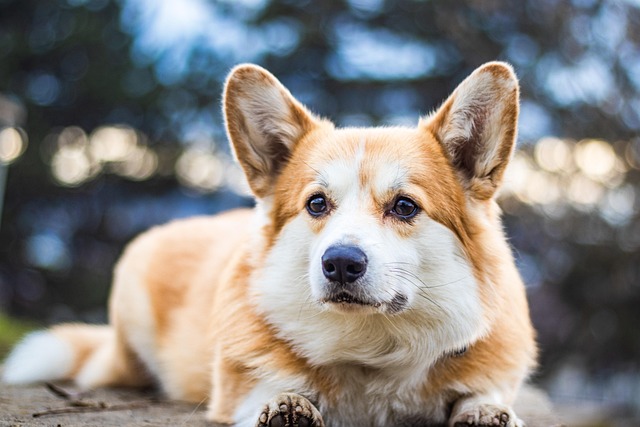So you're staring at that puddle on your new rug wondering how long does it take to fully house train a dog, right? You've probably heard trainers throw around that magic 4-6 week timeline like it's gospel. There's a reason it sticks – for many pups, especially young ones adopted around 8-12 weeks old, this window often aligns with their developing bladder control and ability to grasp routines. Think about it like teaching a toddler; consistency over several weeks builds those crucial neural pathways linking the feeling of needing to go with the action of going outside. A Seattle-based trainer I know uses this benchmark simply because it gives new owners a tangible starting point, a light at the end of the tunnel, while emphasizing the intense daily commitment needed upfront – think hourly potty breaks, especially after meals, naps, and play.
Don't get hung up on that 4-6 week number as a hard deadline, though. The actual dog house training timeline variability is huge and hinges on several key factors. Breed plays a role; smaller breeds like Chihuahuas have tinier bladders and higher metabolisms, often needing more frequent trips out than, say, a young Labrador. Age is massive – an 8-week-old puppy is starting from absolute scratch, while a 6-month-old rescue might grasp concepts faster but could have ingrained bad habits from previous situations. Your individual dog's temperament matters too; a naturally anxious pup might take longer to feel comfortable eliminating in the yard, while a super food-motivated dog might pick up on reward-based signals quicker. And your environment? Living in a 5th-floor NYC apartment versus a house with a doggy door in Austin drastically changes logistics and potential accident opportunities, impacting the pace. This variability is why comparing your pup's progress to your neighbor's is a recipe for frustration.
That frustration is exactly why rigid timelines can backfire. Fixating on "He *should* be trained by week 5!" sets unrealistic expectations and ignores the dog's actual learning curve. I've seen owners in Portland nearly give up because their sensitive rescue wasn't hitting week 4 milestones, not realizing his past neglect required extra patience. This pressure can inadvertently lead to negative reactions – a raised voice, a frustrated posture – which only increases the dog's anxiety and *slows* learning. Remember, shaming or punishment for accidents isn't just ineffective; it’s culturally frowned upon here, aligning poorly with modern animal welfare views that prioritize positive reinforcement. Plus, cleaning up accidents promptly isn't just about smell – it's a civic duty. Leaving waste in shared apartment corridors or public parks violates local ordinances in most US cities and strains community goodwill.
Ditch the generic calendar and embrace personalized dog house training tips tailored to *your* dog. Start by observing their unique patterns – does Max always circle the coffee table before an accident? Does Luna sniff intensely near the back door? Use these cues! For the apartment dweller, creating a clear "potty station" on a balcony (using real grass patches or specific substrates) can provide a consistent, accessible spot, minimizing frantic elevator rides. To accelerate dog house training success, leverage high-value rewards delivered *instantly* the moment they finish eliminating outside – think real chicken bits, not just kibble. Pair this with a consistent verbal cue like "Go potty" as they're doing their business. For easily distracted pups, keep yard trips super boring until business is done, then celebrate wildly. Remember crate training fundamentals: a properly sized crate is a safe den, not jail, and leverages a dog's natural instinct to keep their sleeping area clean – a lifesaver for managing times you can't directly supervise. Keeping noise levels down during indoor play respects apartment neighbors too.
Instead of counting down days, focus on setting realistic expectations and measuring subtle progress. Success isn't just "no accidents for a week." It's noticing your pup whining at the door *before* squatting, or reliably going on command during a rainy walk. Break it down: maybe week one's goal is simply recognizing pre-potty signals, week two aims for fewer accidents near the door. Use a simple log – note times they go, where accidents happen, triggers. This isn't micromanagement; it reveals patterns. Did accidents spike after switching foods? Does the house training duration by breed hold true for your particular terrier? If setbacks happen (and they will!), don't reset some imaginary clock. Analyze the log: Was supervision lax? Routine disrupted? Stress levels high? Adjust your effective dog house training methods accordingly – maybe add an extra midday walk or revisit crate training basics. True success comes from understanding your unique dog's rhythm and building reliable communication, not racing against a calendar.





